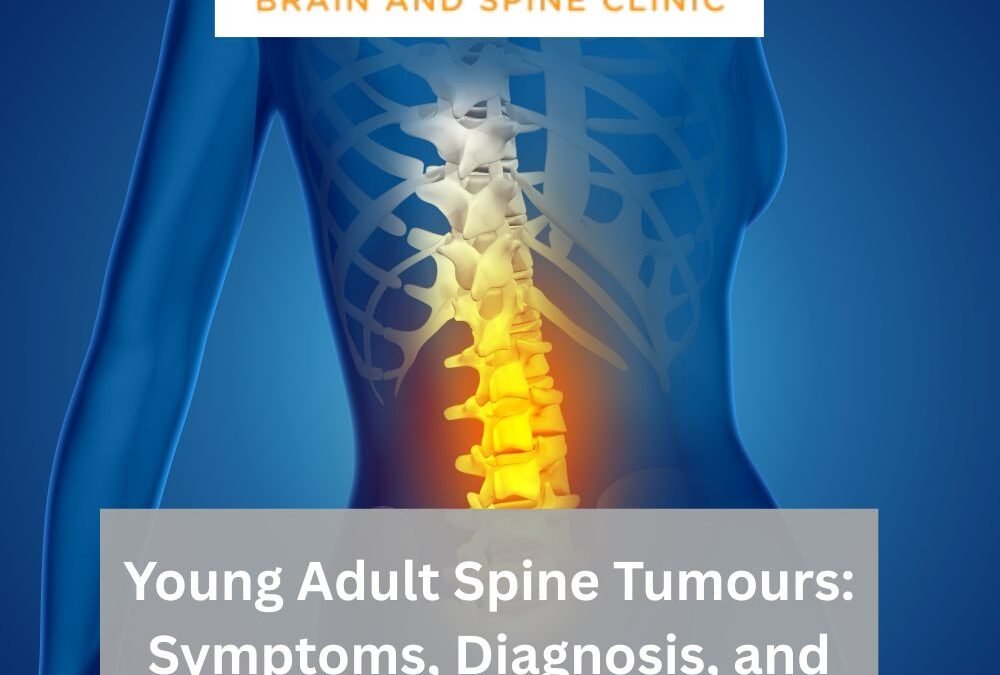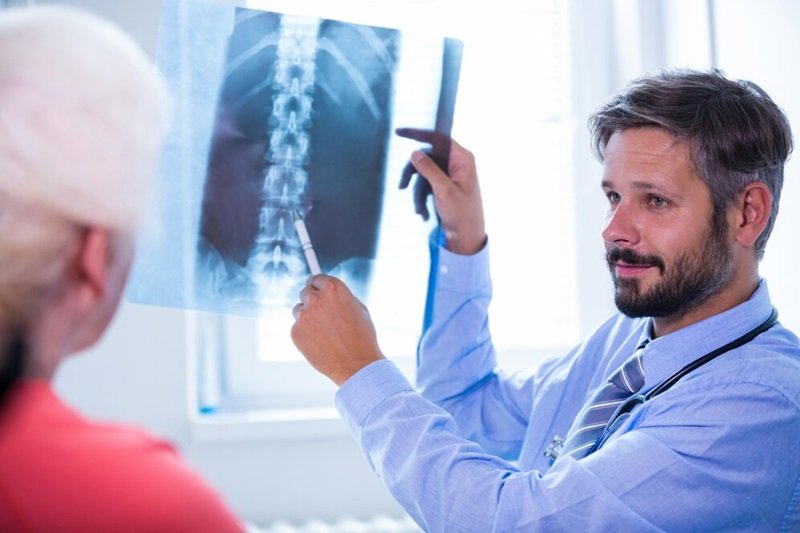Spine tumours are a growing issue as a disease, especially if they happen in young adults. Though spinal tumours are quite rare among cancers, their effect on mobility, neurological status, and general quality of life in the long term can be significant.
Early diagnosis and prompt treatment are imperative to prevent advancement and the consequent permanent disability. Access to specialist practitioners and spine surgeon in Thane treatment and entire spine care offers hope for control.
In this blog, we will discuss the types of spinal tumours among young adults, their causes and symptoms, available treatments, and why specialist treatment centres are essential in ensuring the optimum outcome.
Spine Tumours in Young Adults: Why You Shouldn’t Ignore Them
A spinal tumour is a growth of abnormal tissue inside or outside the spinal cord and spinal column. The tumours can be:
- Primary tumours: Forming directly inside the spinal or spinal cord tissues.
- Secondary tumours: Metastatic cancers that have spread from cancers elsewhere, e.g., lung, breast, or kidney.
Primary tumours are more common in young adults than in older individuals, who have secondary spine involvement. The tumour crushes nerves, displaces spinal structures, and impacts the stability of the spine, causing problems that even lead to spinal deformities.
What Exactly Is a Spine Tumour? A Quick Breakdown
Though the specific causes of tumours of the spine are still not well understood, certain risk factors tend to make the occurrence more likely in young adults:
- Genetic syndromes: Individuals with Von Hippel-Lindau disease or Li-Fraumeni syndrome are more likely to develop tumours.
- Family history: A family history of spinal or brain tumours raises the risk of developing them.
- Environmental exposures: Radiation and certain occupational poisons may play a role.
- Benign to malignant transformation: Some benign tumours gradually become malignant tumours without an early diagnosis.
Even though lifestyle is less of an issue in young adults, regular screening and prompt medical evaluation for nerve and back complaints are crucial.
Why Do They Happen? Causes and Risk Factors in Young Adults
The symptoms of spinal tumours are location, size, and growth rate-dependent. In young adults, the following are primary symptoms:
- Recurrent neck or back pain that usually worsens at night.
- Weakness or numbness in an arm or leg.
- Unsteadiness, stumbling, or falling frequently.
- Loss of control over the bowel or bladder.
- Spinal deformity and misalignment caused by growth of the tumour.
Due to the similarity of these symptoms with other spinal diseases, proper evaluation by experts in spinal treatments is necessary for diagnosis.
Warning Signs You Should Watch Out For
Early and correct diagnosis significantly enhances the chances of a cure. Physicians apply a mix of:-
- MRI scan: Offers detailed pictures of soft tissues and assists in identifying tumours compressing nerves.
- CT scan: Good to evaluate the degree of bone involvement.
- Biopsy: Helps in ascertaining if a tumour is malignant or benign.
- Neurological test: Checks for reflexes, muscle strength, and nerve function.
This multi-step diagnostic process ensures individualised treatment planning, preventing inappropriate surgery in favour of less invasive techniques where appropriate.
How Doctors Detect Spine Tumours: The Diagnosis Journey
Management is dictated by tumour type and patient condition. Standard methods are:
- Surgery: First-line treatment for compressive or instability-producing tumours. Minimally invasive spinal surgery reduces recovery time.
- Radiation therapy: Employed when it is not possible to extirpate the tumour or as a postoperative effect to kill remaining cancer cells.
- Chemotherapy: Effective in certain malignant tumours or metastatic malignancies.
- Targeted therapy and immunotherapy: Recent modalities for younger patients in order to enhance precision and lower side effects.
- Rehabilitation and physiotherapy: Necessary in an attempt to recover strength and posture and avoid long-term mobility complications.
Most young adults with appropriate expert care can return to active lifestyles after treatment.
Treatment Options: From Surgery to New-Age Therapies
Delayed treatment or poor care leads to permanent paralysis, lifetime nerve pain, or permanent disability. Orthopaedic, neurosurgical, and rehabilitation specialists joining hands means that child patients do not just get tumour removal but also customised treatment to regain function. System-based care is especially significant in avoiding or correcting deformity, where the crème de la crème experts in spinal deformity are providing end-to-end solutions.
Why Specialist Care Makes All the Difference?
Although not all spinal tumours can be prevented, there are a few healthy habits that benefit spine health:
- Regular exercise to maintain back muscles as flexible and strong as possible.
- Stay away from unnecessary exposure to dangerous radiation.
- Regular medical checkup for one with a family history of nervous system cancers.
- Ergonomic habits in daily activity and working in order to maintain spinal posture.
With observation and awareness, these lifestyle changes can assist young adults in having a healthier spine and quicker recovery if they must have treatment.
Can You Prevent Spine Tumours? Lifestyle Habits That Help
Due to advancements in treatment, most young adults live fulfilling, happy, healthy lives after tumour treatment. Fear of such conditions can be emotionally devastating, and hence counselling and support are part of care. Furthermore, new spine treatments in Thane include rehabilitation exercises to regain confidence and walk again. With satisfaction of mental, emotional, and physical needs, patients recover fully.
Final Thoughts
Spinal tumours in young adults are not only treatable but are also easier to treat with multi-speciality care and technological advancements. Early diagnosis, early operation, and rehabilitation therapy enable patients to resume their normal lives without having to face disastrous complications. Spine and brain clinics provide expert treatments that find the ideal balance between safety and efficacy in young adults.
Neurospine Brain and Spine Clinic offers comprehensive care for tumours, deformity, and spinal issues. Book an appointment with us today for full recovery assistance.
FAQs
Q1. What are the earliest signs of a potential spine tumour in young adults necessitating immediate medical consultation?
The early signs include chronic back pain, numbness, weakness, a change in spinal alignment, and loss of bladder control, necessitating consultation.
Q2. Are all spinal tumours in young adults treatable without surgery with the technology and treatment of today?
Not all spinal tumours are drug or radiation-treatable; decompression must be performed when compression causes risk to function or stability.
Q3. Do young adults with spinal tumours necessarily have to suffer permanent spinal deformity secondary to treatment or subtotal tumour resection?
No, early rehabilitation and treatment avoid deformities; deformity management experts ensure functionality and spine alignment maintenance.
Q4. Does the newest spine treatment assist young adults with unusual spinal tumours that lead to nerve compression and instability?
Yes, newest centres provide surgical, radiation, and rehab treatment to ensure functionality and long-term healing for these patients.




